Unlike most fuzz effects pedals and distortion pedals that rely on common transistor or diode clipping stages, the SOMA Harvezi Hazze employs a rare waveshaper circuit centered around a unijunction transistor—a component seldom seen in guitar gear. This unique design fundamentally transforms its distortion and fuzz textures, opening a sonic universe that transcends conventional fuzz and distortion sounds. In this deep dive, we’ll unravel how this innovative approach shapes the pedal’s signature voice and explore the technical artistry behind its expansive tonal palette.
As a professional guitarist and gear technologist with years of hands-on experience dissecting and testing complex guitar equipment, I’ve developed a keen ear and understanding of what sets pedals apart. The Harvezi Hazze’s intricate circuitry is a playground for tone seekers who want more than just “fuzz” or “distortion”—it’s a sophisticated tool that rewards curiosity and technical insight.
Key Takeaways
- The unijunction transistor waveshaper circuit is the heart of the pedal’s unique distortion and fuzz sounds. Readers grasp the fundamental technology setting this pedal apart.
- Multiple controls and switches offer extensive tonal shaping, allowing precise customization of fuzz and distortion textures. Guitarists learn how to tailor the pedal’s sound to their playing style.
- Despite complex circuitry, the pedal maintains guitar dynamics and pickup personality, preserving musical expressiveness. Users understand the pedal’s practical sonic advantages in performance.
Decoding the Heart of the Harvezi Hazze: The Unijunction Transistor Waveshaper Circuit
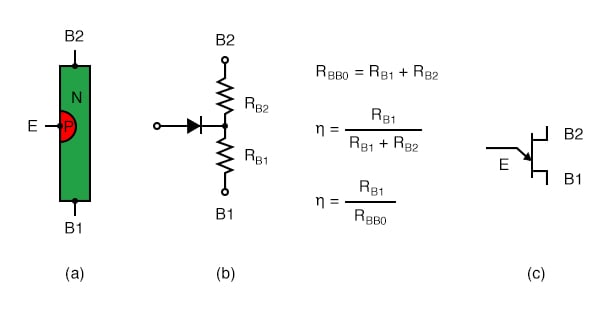
At the core of the SOMA Harvezi Hazze lies a waveshaper circuit that diverges from traditional fuzz effects pedal designs. Most distortion pedals rely on silicon transistors, germanium diodes, or operational amplifiers to shape their clipping characteristics. The Harvezi Hazze, however, centers its sound around a unijunction transistor (UJT), an electronic component rarely used in guitar pedals due to its unconventional behavior and complexity.
Waveshaper circuits manipulate the waveform of the input signal to create distortion by clipping or reshaping the signal’s peaks. The unijunction transistor’s unique electrical properties allow for a dynamic and complex clipping behavior that produces a wide range of fuzz and distortion textures—from smooth overdrive to aggressive, buzzy fuzz.
Think of the unijunction transistor waveshaper as a master sculptor working with raw clay. Instead of simply cutting or breaking the waveform (like many fuzz pedals do), it molds and reshapes the signal continuously, creating intricate tonal textures that evolve with your playing dynamics.
The Harvezi Hazze’s circuit integrates this waveshaper with an optical compressor and a dual-mode clipping amplifier. The optical compressor smooths the signal’s dynamics subtly, preserving the guitar’s natural attack and note clarity, while the dual-mode clipping amplifier lets the pedal switch between different clipping styles, further expanding its sonic versatility.
This design means the Harvezi Hazze doesn’t just produce static fuzz or distortion tones—it responds organically to your picking intensity and guitar’s pickup output, maintaining the instrument’s personality even at extreme gain settings. For those interested in exploring the circuit’s full capabilities and sonic range, the official description on SOMA Laboratory’s website offers an invaluable deep dive into the technical details and design philosophy behind the Harvezi Hazze.


Educational video on Unijunction Transistors and their applications
Mastering the Controls: Unlocking the Harvezi Hazze’s Tonal Palette
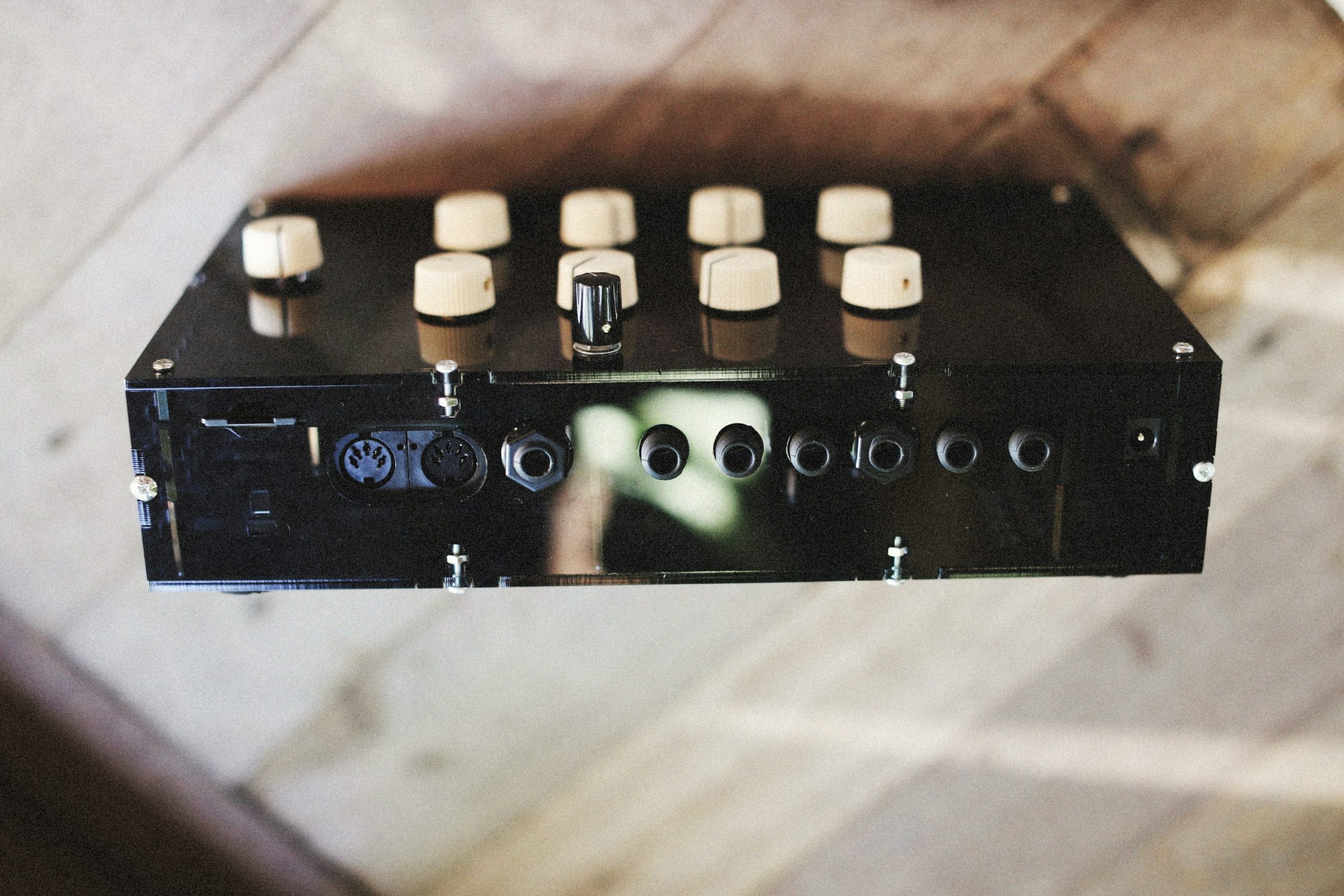
The Harvezi Hazze offers an extensive set of controls and switches designed to harness the full potential of its complex circuitry. Each knob and toggle affects the signal in nuanced ways, allowing guitarists to craft fuzz effects pedal tones ranging from subtle overdrive warmth to searing distortion blasts. For those eager to explore the broader sonic possibilities and historical context of fuzz pedals, From Grunge to Metal: A Guide to the Ultimate Fuzz Guitar Sound offers an insightful deep dive into the tonal landscapes fuzz can create across genres.
Master the fuzz pedal controls with this comprehensive guide.
Control Breakdown
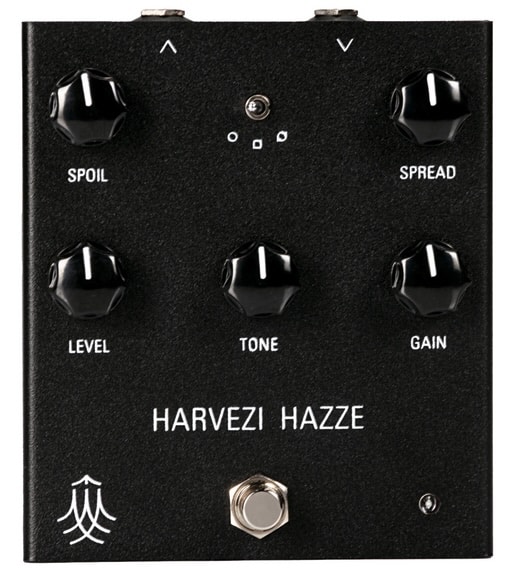
- Gain: Adjusts the input signal’s amplification before clipping, controlling the intensity of distortion and fuzz saturation.
- Spoil: Alters the clipping threshold and feedback, shaping the fuzz’s harmonic content and texture.
- Spread: Controls the stereo width and texture dispersion of the fuzz, affecting how tight or wide the fuzz feels.
- Level: Sets the output volume to balance the pedal with your amp or other pedals.
- Tone: Adjusts the frequency response post-clipping, allowing for bright, cutting sounds or darker, bass-heavy textures.
The pedal also features multiple switches that change clipping modes, toggle tone stack configurations, and adjust gain structure. These switches interact with the knobs to unlock myriad sonic possibilities.
Imagine the Spoil control as a chef adjusting the spice level in a complex dish. Too little, and the flavor is bland; too much, and it overwhelms. The Spoil lets you dial in just the right amount of harmonic ‘spice’ to suit your style.

In-depth DIY and circuit analysis of the Fuzz Face pedal
Exploring the Sonic Universe: From Buzz Saw Fuzz to Fat Distortion Blasts
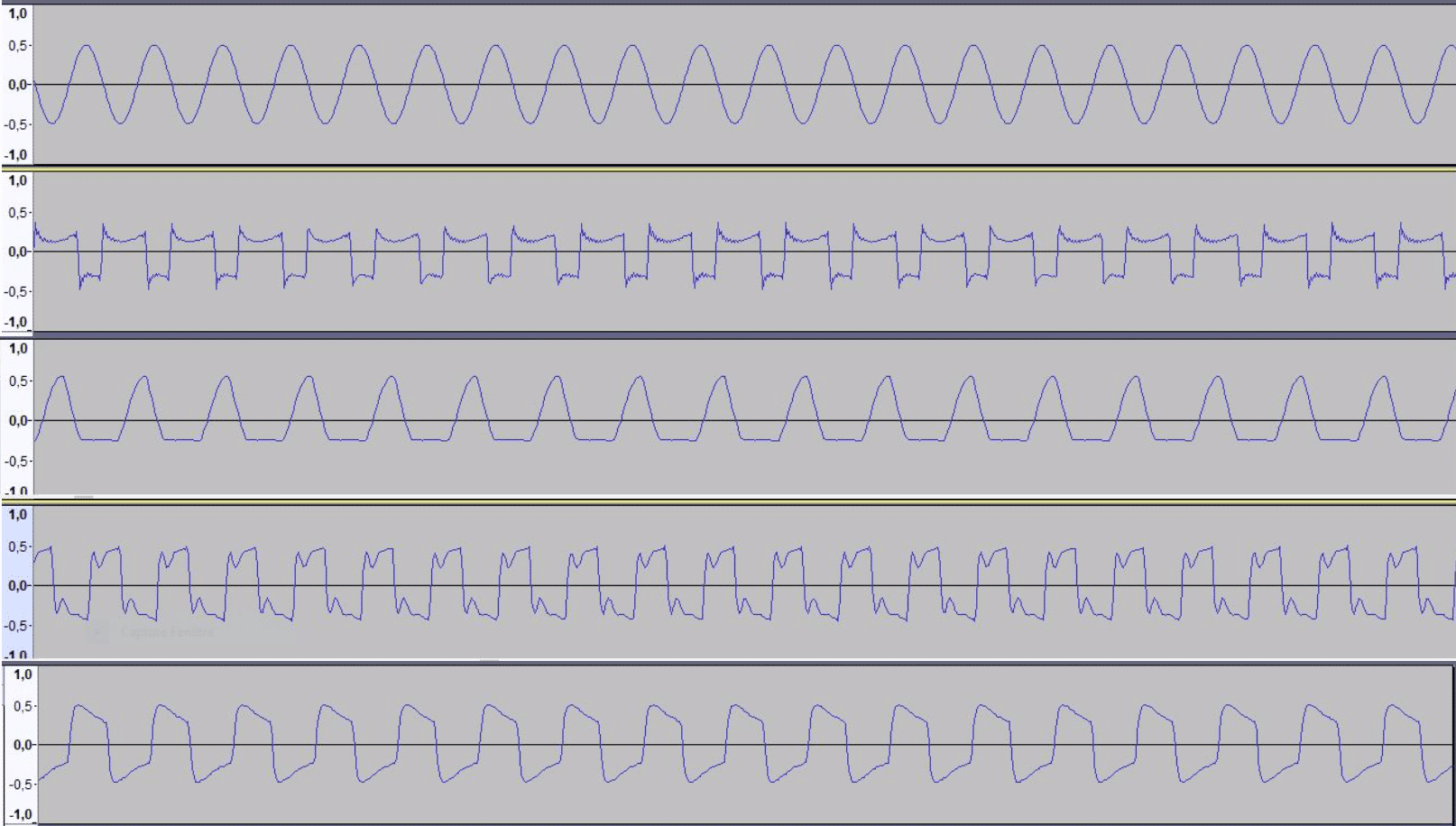
The sonic range of the Harvezi Hazze is vast and expressive. Thanks to its unijunction transistor waveshaper and versatile control scheme, it can deliver everything from razor-sharp, buzzy fuzz tones to thick, fat distortion blasts that retain note clarity.
At one end of the spectrum, the pedal produces a ‘buzz saw’ fuzz—sharp, cutting, and aggressive with rich harmonic content. This sound is perfect for players looking to slice through a dense mix with piercing fuzz textures. At the other end, the Harvezi Hazze can dial in warm, saturated distortion with a thick midrange and smooth sustain, ideal for classic rock or heavier blues tones.
The pedal’s dynamic response preserves your guitar’s pickup character and playing nuances, even at extreme gain settings. This means your attack, articulation, and note separation remain intact, allowing for expressive playing rather than a muddy wall of sound.
The tone stack and clipping switches provide multiple sonic sweet spots, enabling deep tonal crafting. Whether you want vintage-style fuzz reminiscent of ’60s pedals or modern, aggressive distortion for heavy genres, the Harvezi Hazze can deliver.
Think of the fuzz textures as a painter’s palette, ranging from fine, detailed brush strokes to bold, sweeping splashes of color. This versatility makes the pedal suitable for studio experimentation and live performance alike. For players eager to dive deeper into the nuances of fuzz pedals and explore how these textures influence genres from grunge to metal, From Grunge to Metal: A Guide to the Ultimate Fuzz Guitar Sound offers an excellent, comprehensive overview.


Video tutorial: Understanding Gain, Overdrive, Distortion & Fuzz Effects
Specs and Practicalities: Connectivity, Power, and Usability Insights
The Harvezi Hazze is designed with both sonic complexity and practical usability in mind. Here’s a rundown of its key specifications and what they mean for users:
- Power Requirements: 9V DC center-negative power supply, typical for guitar pedals.
- Connectivity: Standard 1/4″ input and output jacks; true bypass switching preserves signal integrity when off.
- Dimensions: Compact footprint suitable for pedalboards.
- Memory: No preset memory; settings must be manually adjusted each time.
Despite its intricate circuitry and multiple controls, the pedal’s layout remains intuitive. The control knobs are spaced for easy access, and the switches are clearly labeled, making on-the-fly adjustments feasible during performances.
The absence of preset memory encourages players to develop a hands-on relationship with the pedal, fostering deeper tonal exploration.

Seeing and Hearing It in Action: Hands-On Demonstrations
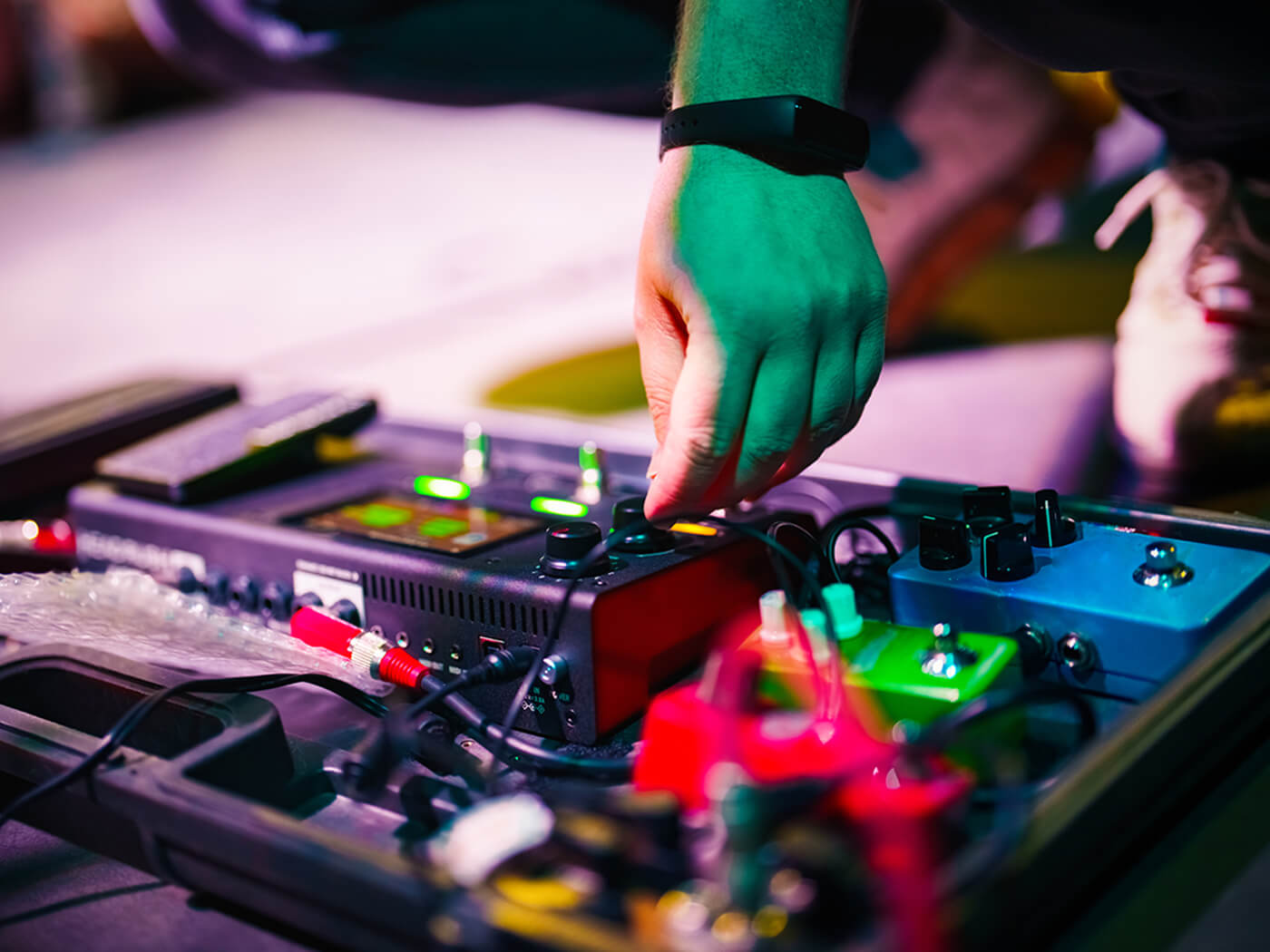
To fully appreciate the Harvezi Hazze’s capabilities, watching it in action is invaluable. SOMA Laboratory’s official YouTube channel hosts two excellent demonstration videos that showcase the pedal’s sonic versatility and control manipulation.
The first video walks through the pedal’s control layout and demonstrates a range of fuzz and distortion textures, highlighting dynamic response and tonal shifts. The second video features live playing examples that illustrate how the pedal interacts with guitar pickups and playing style.
These videos act as masterclasses, bringing the pedal’s technical details to life and complementing this article’s deep dive. For enthusiasts looking for an even more detailed walkthrough and interactive demo experience, the DEMO / HARVEZI HAZZE – SOMA Laboratory page offers additional rich insights into the pedal’s unique features and sound sculpting potential.
The Final Chord
The SOMA Harvezi Hazze stands out in the crowded field of distortion pedals and fuzz effects pedals by embracing a rare waveshaper circuit based on a unijunction transistor. This innovative design unlocks a universe of sonic possibilities, from razor-sharp fuzz to lush distortion, all while preserving the subtle dynamics and personality of your guitar and pickups.
Its extensive controls and switches invite guitarists to become sonic sculptors, crafting tones that reflect their unique voice and style. Understanding the pedal’s circuitry not only enhances your tonal mastery but also inspires creative exploration, making the Harvezi Hazze a truly powerful tool for artistic expression.
Ready to dive in? Experiment with the Harvezi Hazze’s controls and discover your own signature fuzz and distortion tones. Share your experiences and tonal discoveries with the community—what’s the most surprising tone you’ve crafted with a fuzz or distortion pedal, and how do you think the Harvezi Hazze’s design could expand your sonic palette?